Morocco. Part IMapOctober 31 — November 4, 2008 Until I came here, my knowledge of Morocco was limited to a love of tangerines with a black diamond-shaped sticker. MarrakechMapThe flight from London lands at a very photogenic airport. 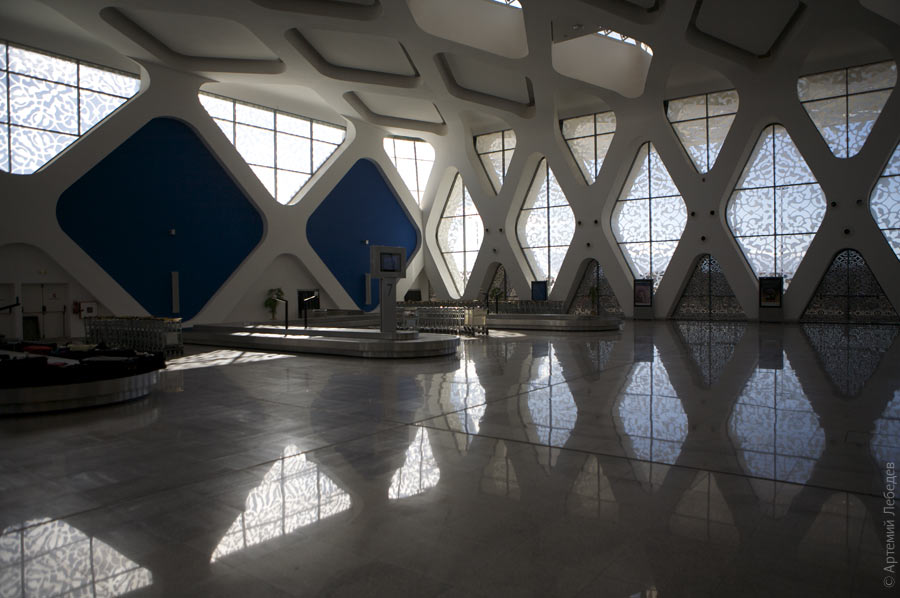 The airport has a bunch of stands for various car rental companies. Every company is confined to its own cubicle, and the cultural differences make themselves apparent right on the spot. Europeans stick their faces under the glass, but the agent inside immediately invites them into his cubbyhole. Arabs aren’t used to having a conversation over a counter. When you’re invited inside a real Eastern shop, there’s no discomfort, but stepping past a Europeanized counter is psychologically challenging—it feels as though you’re invading someone’s personal space. In any case, there was only one car with automatic transmission to be found among all ten rental companies.  Every city in Morocco is painted its own color. In Marrakech, all the buildings are the color of crushed brick with milk. 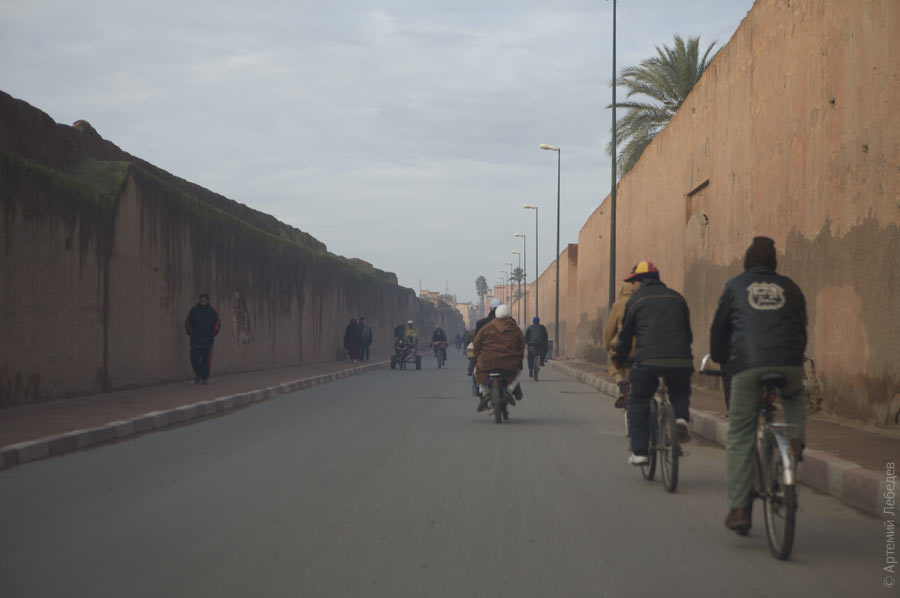 The buildings themselves are actually made of concrete, just like everywhere else, but upon completion they’re immediately painted the signature Marrakech color. 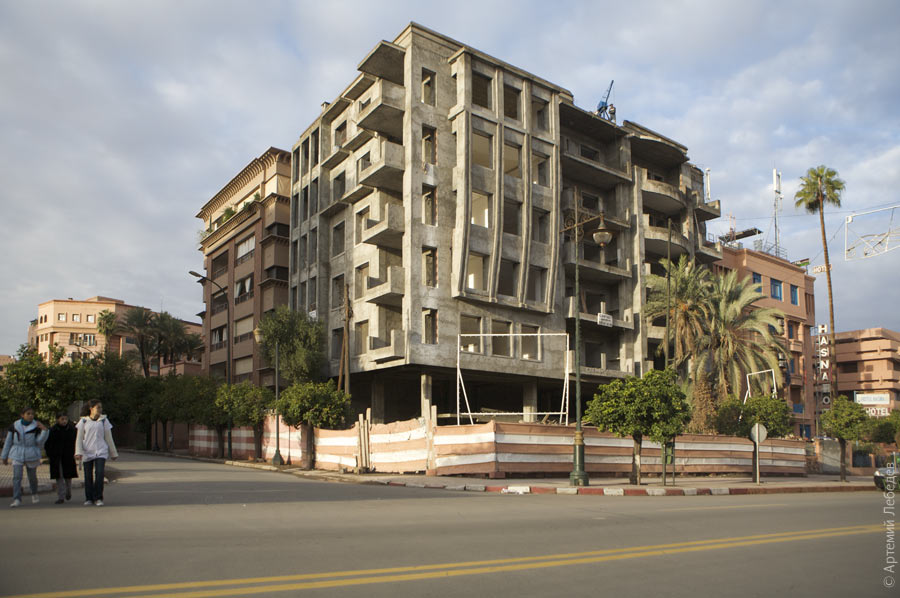 The city makes you immediately want to publish a book about the diversity of doors. 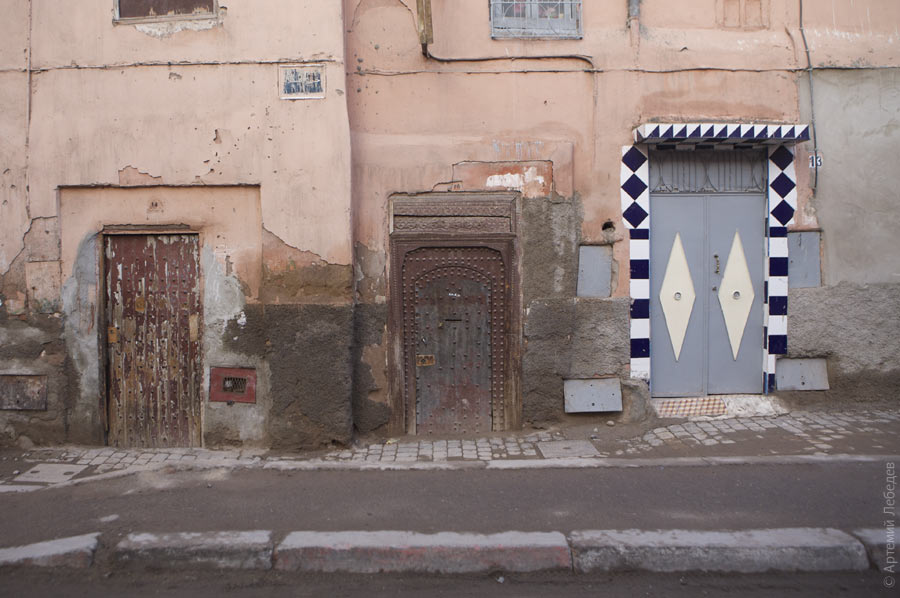 It seems like these might be markings for campaign poster placement. 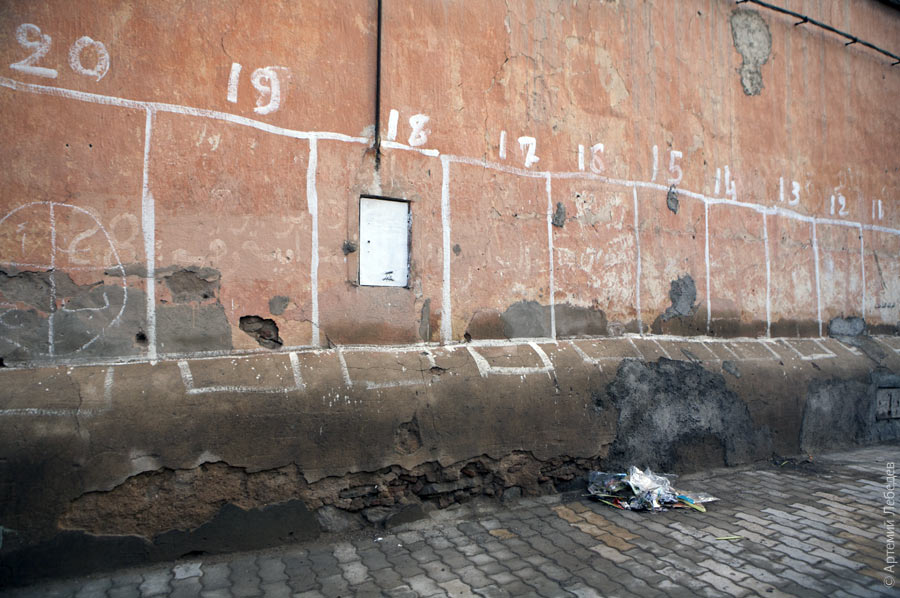 Morocco used to be a French colony, so everything is in French here. Right before my trip, I found out that Casablanca is actually a Moroccan city. This was no less astounding to me than discovering that Paramaribo is located in Suriname. 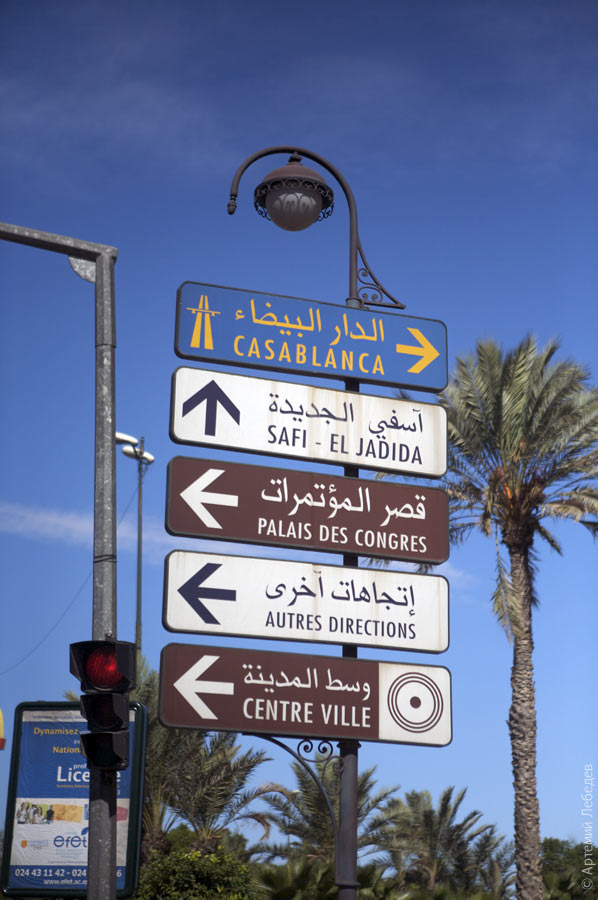 I decided that I absolutely have to visit Casablanca. The roadside billboard recommends keeping a distance of three strips on the right.  CasablancaMapThe city’s main waterfront reminds me of both Havana and Alexandria. The world’s tallest minaret can be seen in the background. 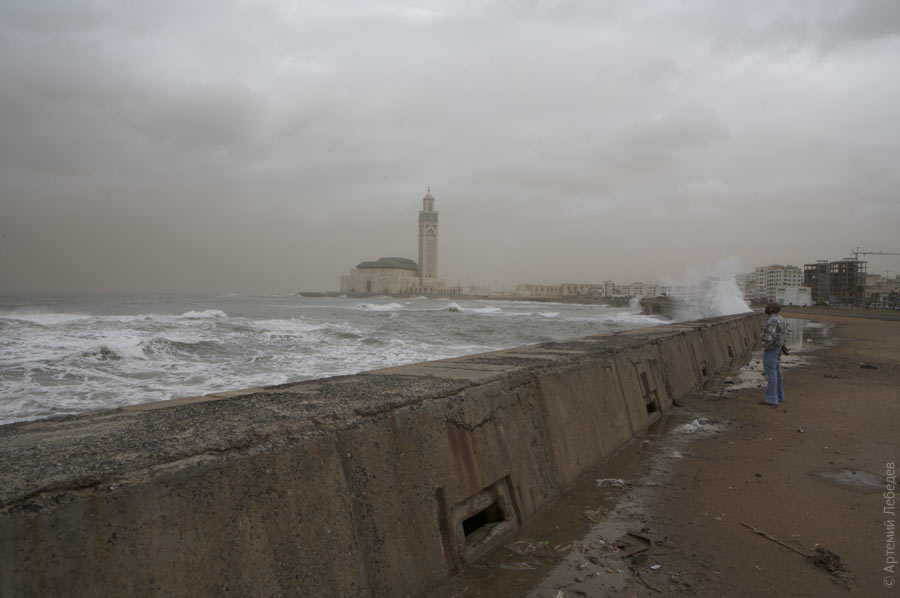 As the name of the city would suggest, the buildings are predominantly white. 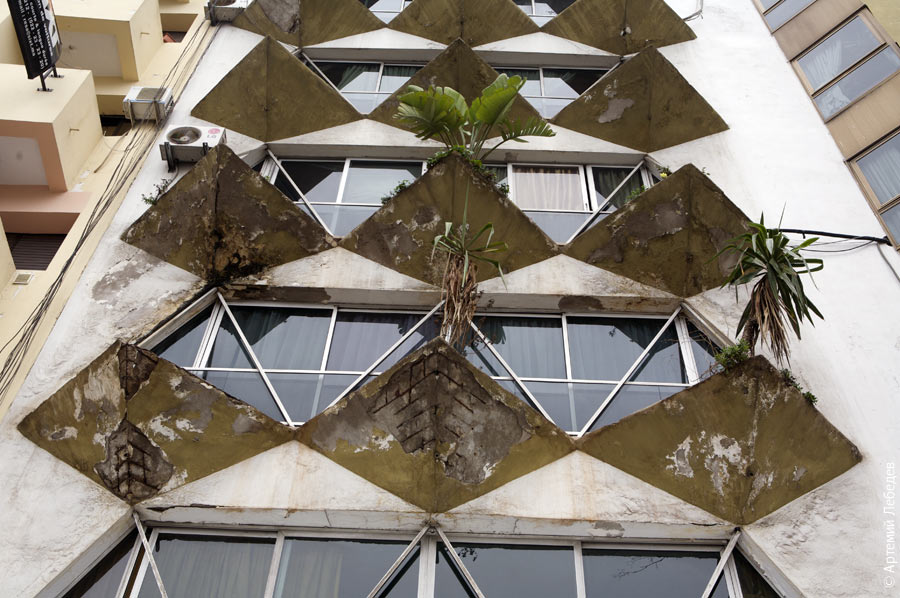 Utility poles are installed only when there isn’t a wall available. If there is a wall, they embed a metal bracket with insulators into it and run the power lines through that. 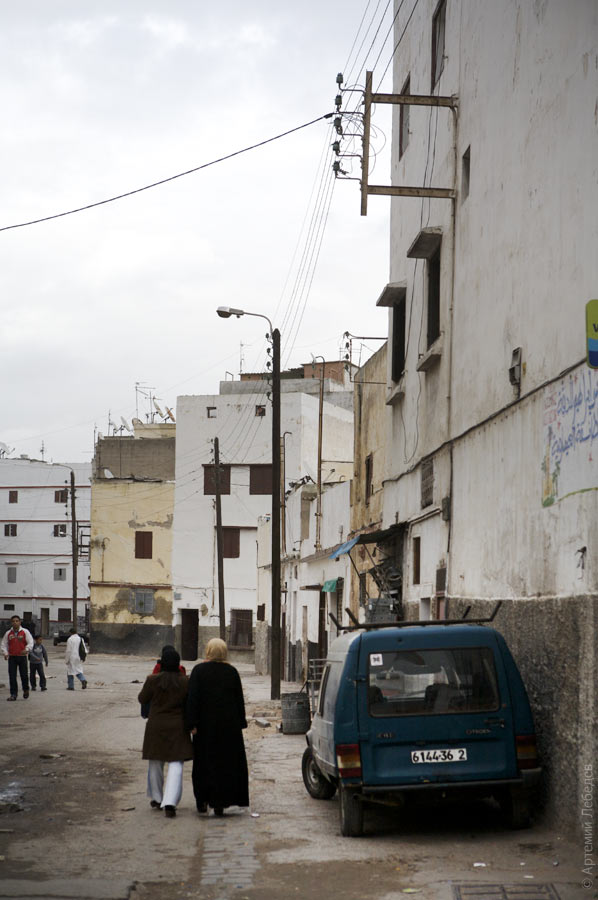 Pharmacies are marked with two pictograms: the cross and crescent are used interchangeably here. 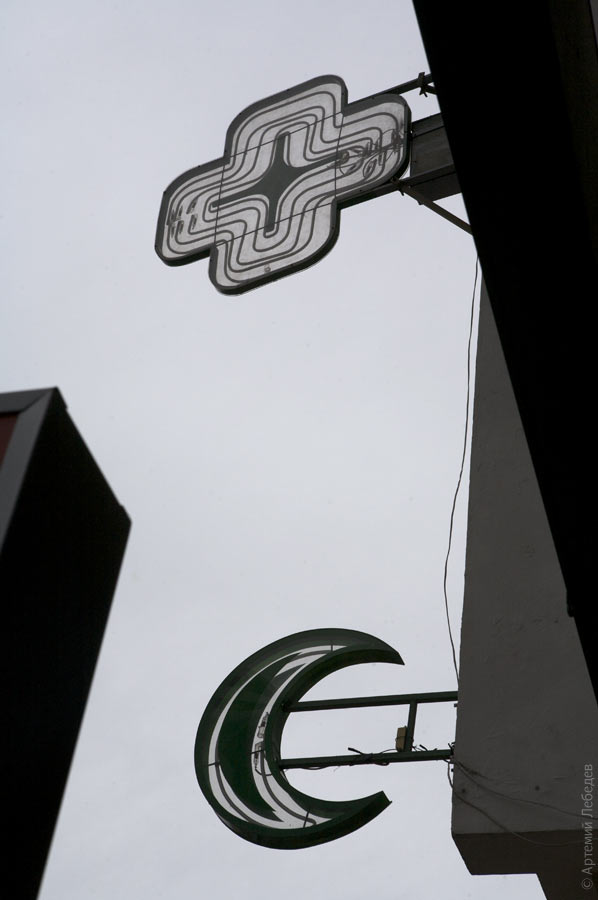 They also hang a sign at the very top of the building where the pharmacy is located, so that it’s visible from afar. 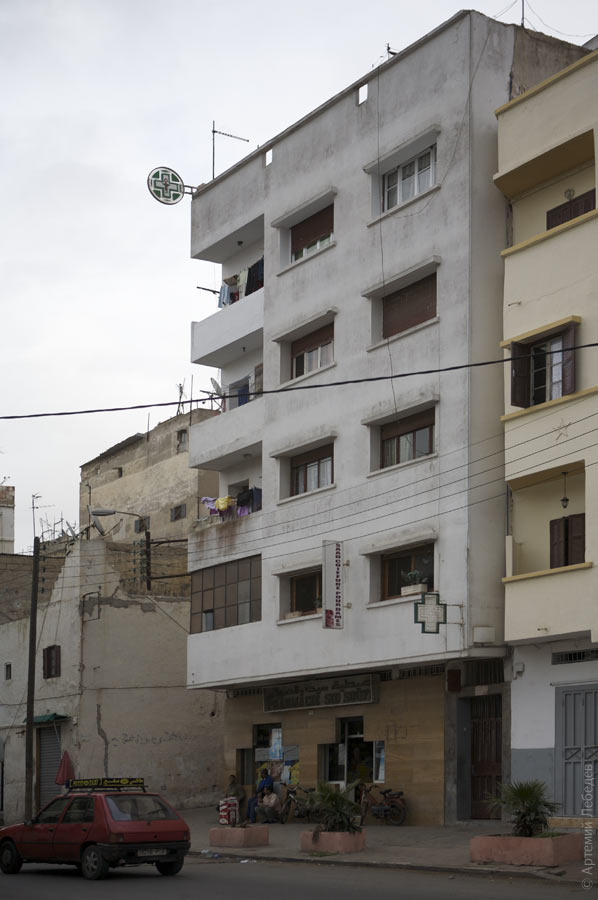 A phone handset on a storefront means you can make calls from here. And if a computer with Internet access is also available, they write “cyber” on the handset.  Sometimes you come across old signs where the image is also embossed. They don’t do this anymore because of the extra cost, but they really should. 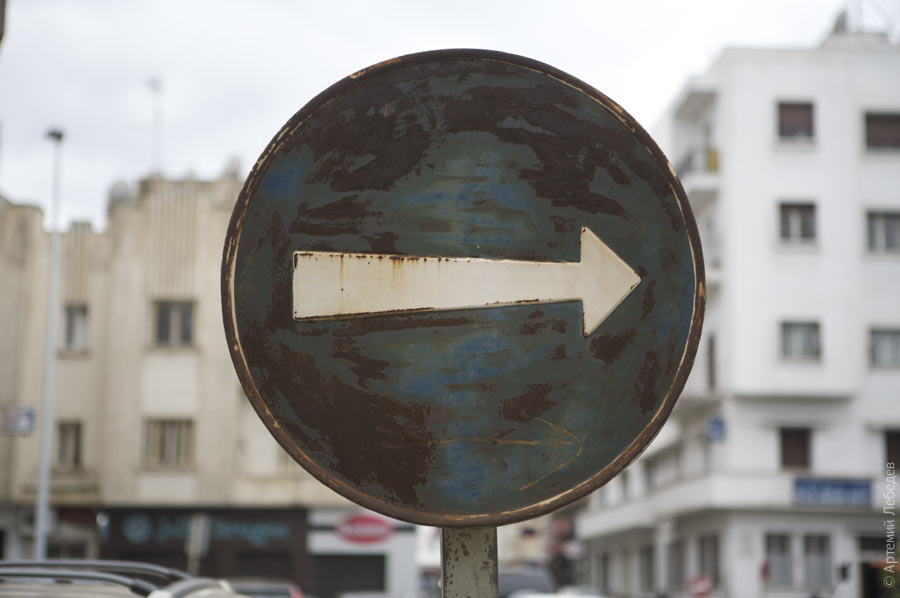 The classic post box. 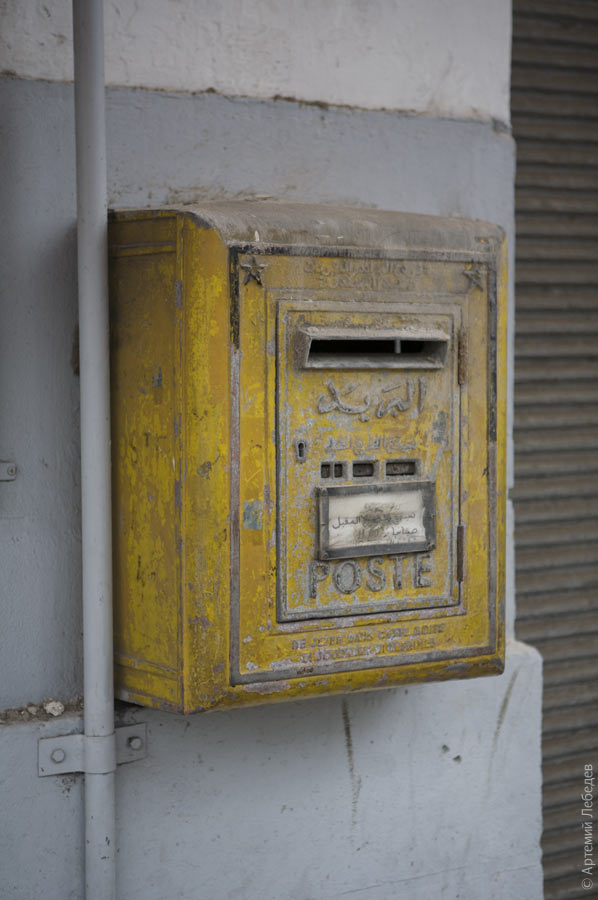 The updated model. 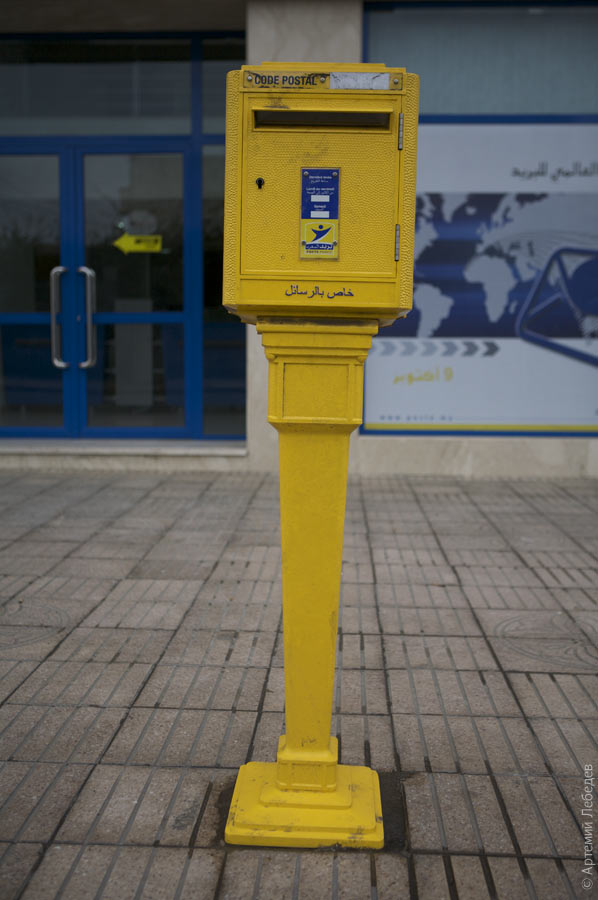 Every electrical switchboard cover has instructions for administering first aid to someone who’s suffered an electric shock. 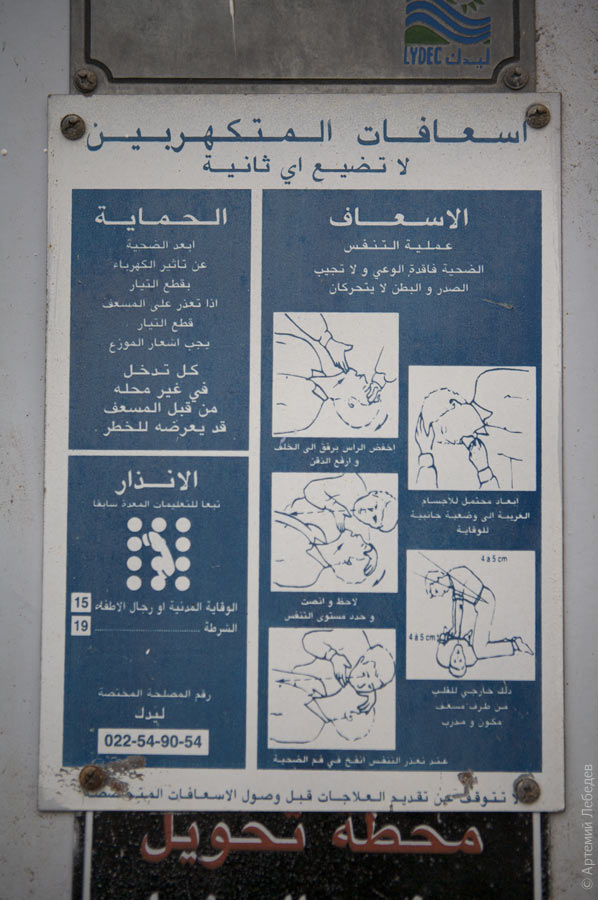 By the way, every city not only has its own building color but also its own taxi color. In Casablanca, the taxis are red. 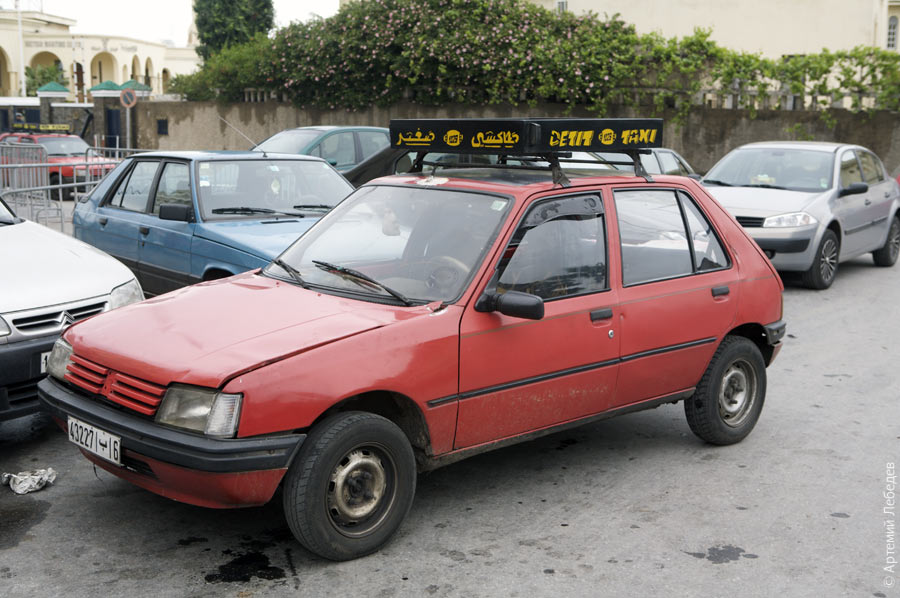 I remember how, back in the eighties in Russia, you’d sometimes come across cars covered with custom-tailored tarps. You don’t see that anymore back home, but apparently it’s still a thing here. 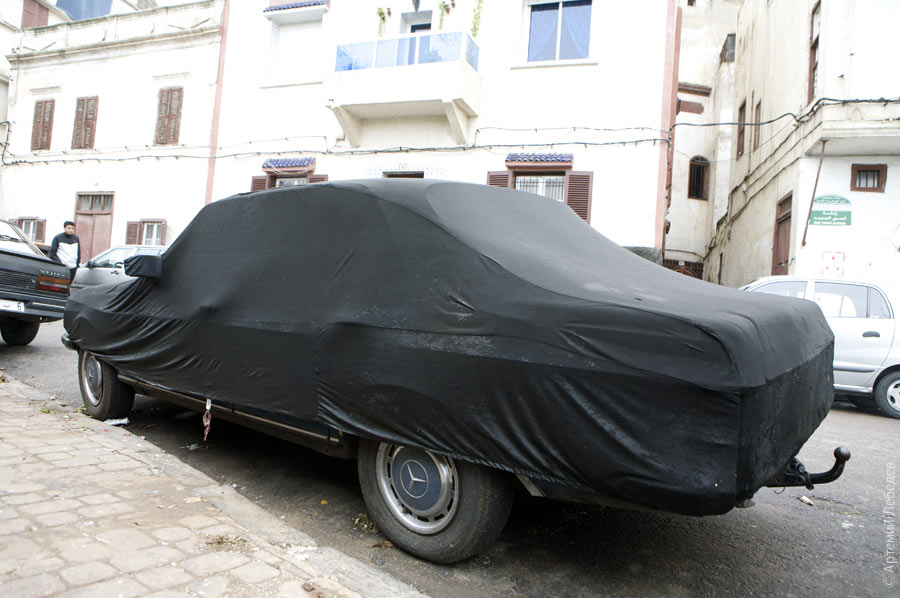 Pentagrams are a ubiquitous decorative element. They love them here. 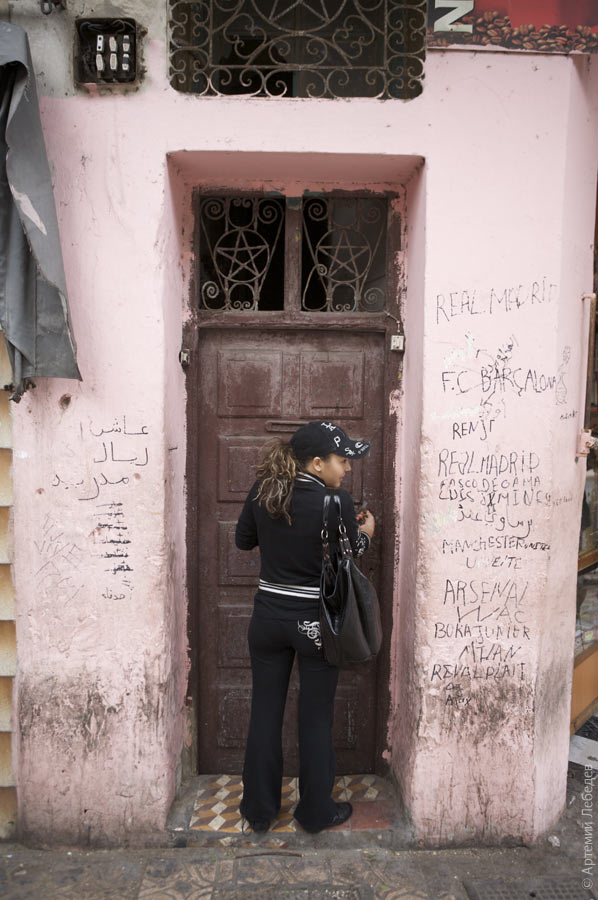 Hammams (public baths which I at first mistook for pay toilets) are also ubiquitous. Their signs always feature a man’s and a woman’s head. 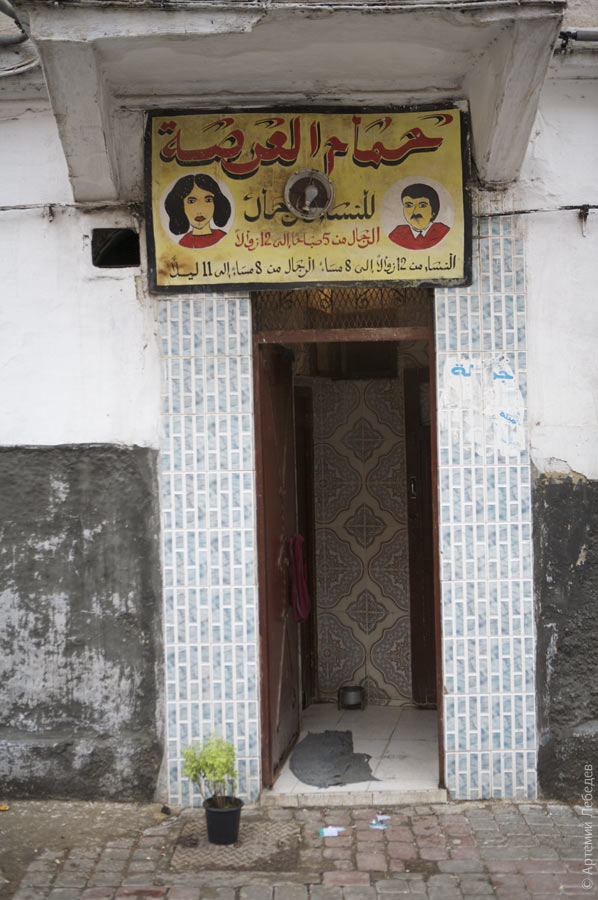 A street welder with a DIY mask made from cardboard and sunglasses. 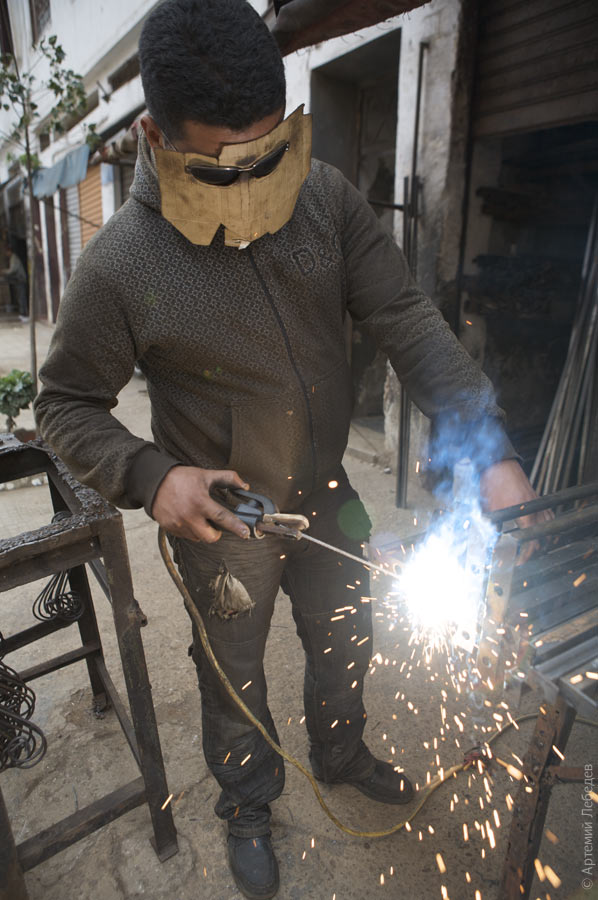 Casablanca isn’t geared towards tourists, so you can observe the leisurely pace of Moroccan life here. Then again, this was also facilitated by the season—it’s cool here in early November, with daily rainstorms. 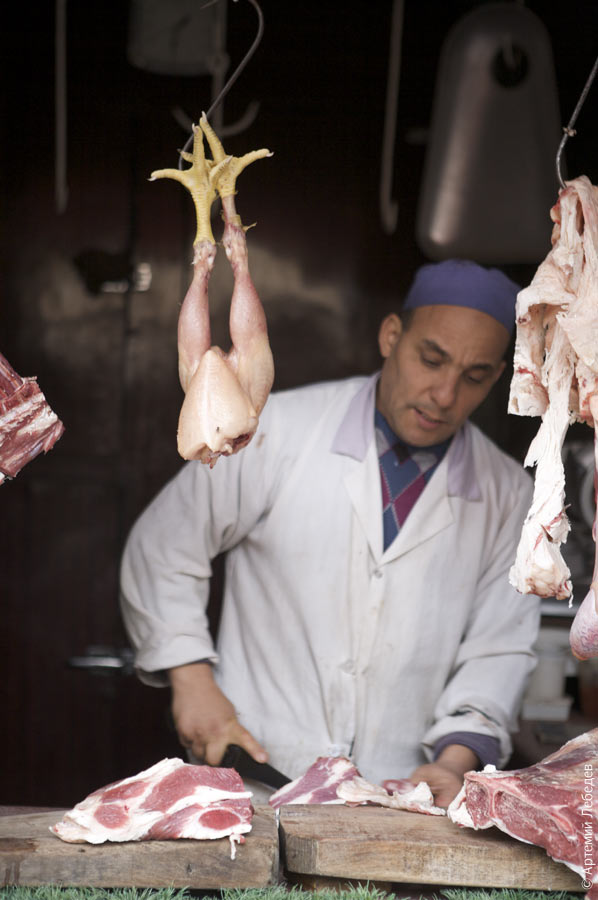 Casablanca’s suburbs have changed little in the last hundred years. 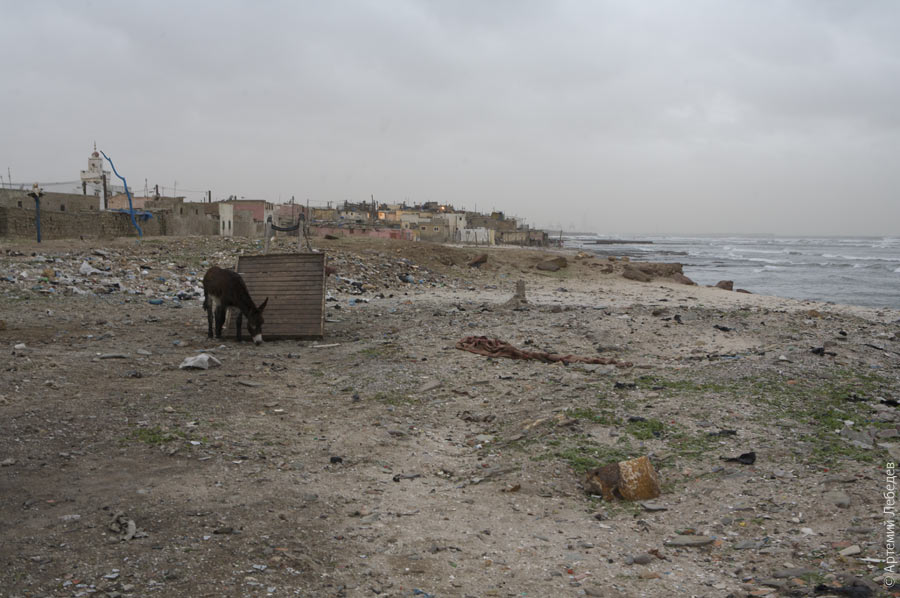 TangierMapTangerines are called tangerines in English (and many other European languages) because so many of them came from Tangier at one point. The taxis here are turquoise with a yellow stripe. 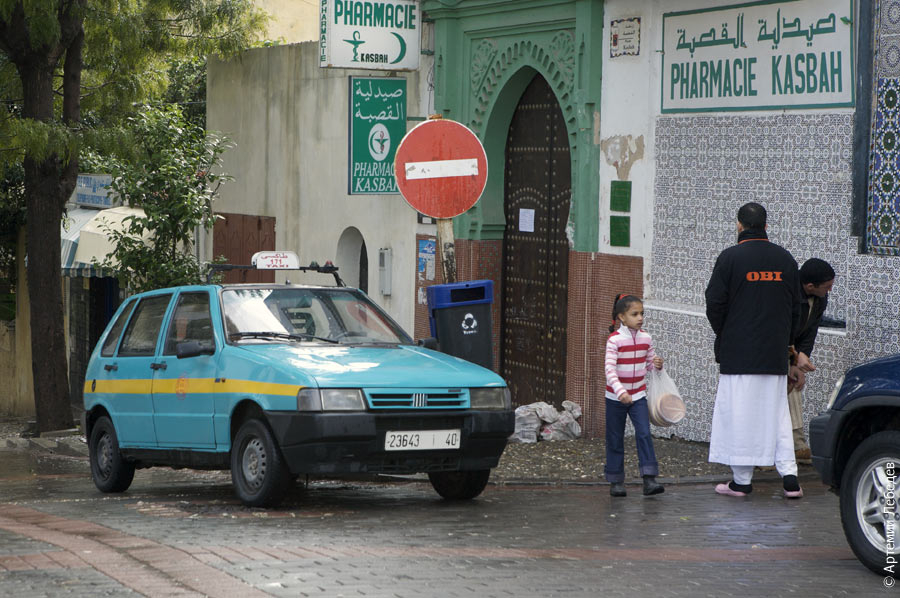 By the way, another feature of Moroccan cities is that each of them has a company with a monopoly on installing meters, electrical switchboards and other utility artifacts, all of which are emblazoned with its logo. In Tangier, that company is RAID. 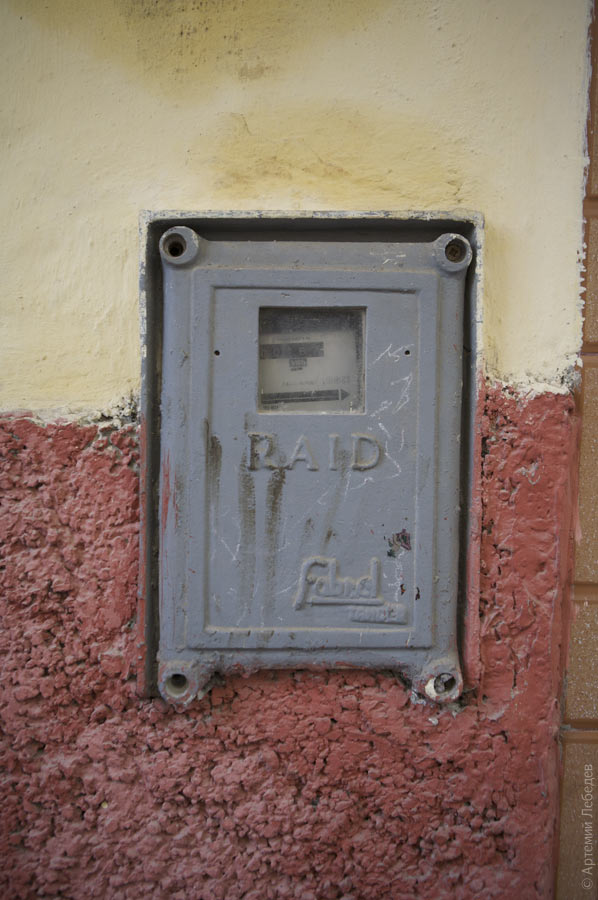 There are new payphone stands all across Morocco. I didn’t find any old ones. 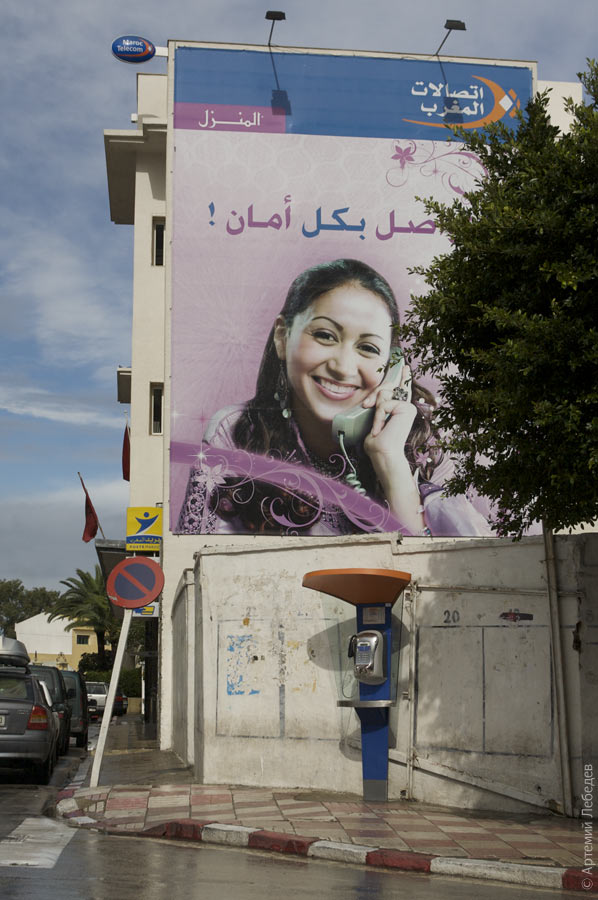 It was nice to encounter a traffic light whose siblings I previously met in La Rochelle, France. 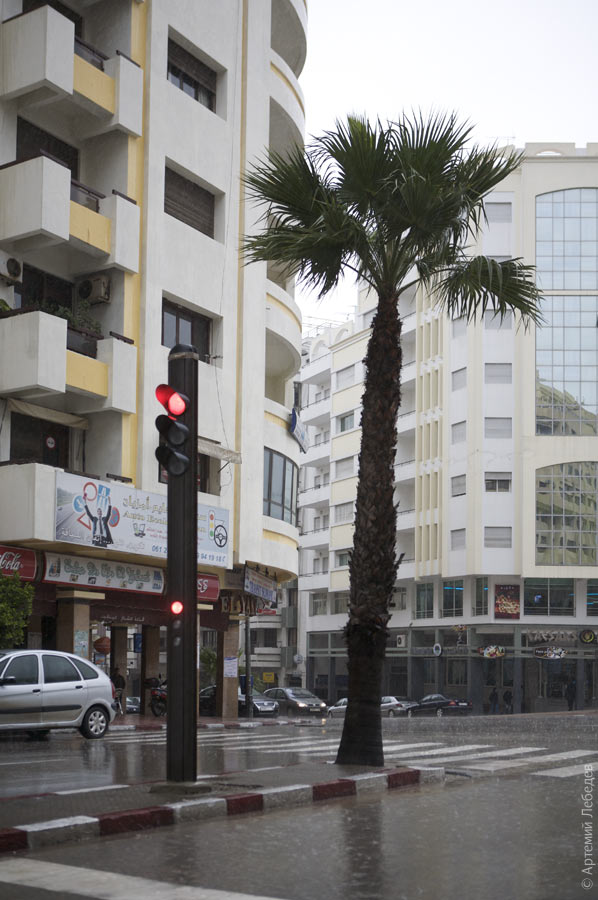 Tangier is a fairly nondescript modern city, but it does have a very cozy old neighborhood perched at the top of a hill and presently inhabited by assorted European bohemians.  On a sunny day, you can see Spain from here. On an overcast day, you can only see traces of Spain’s presence. 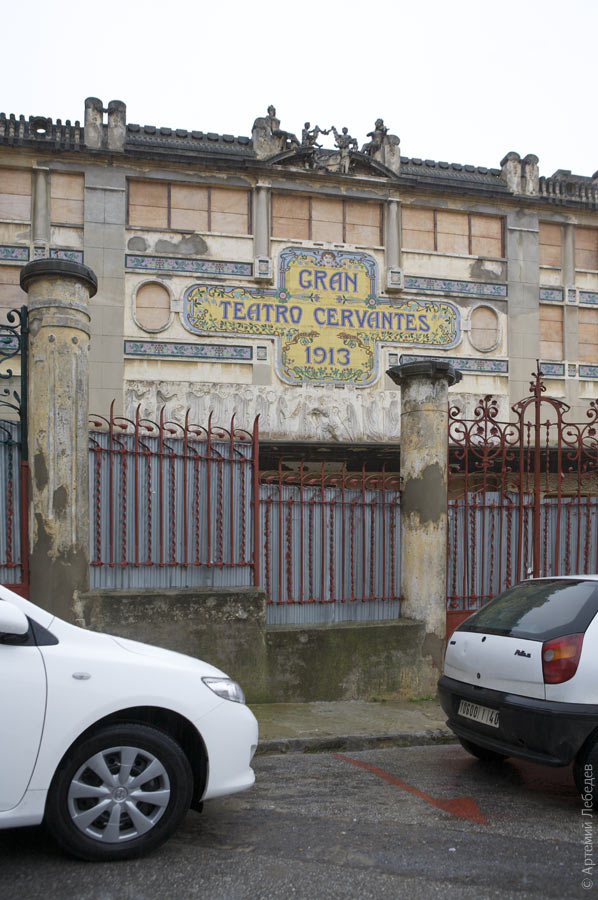 |